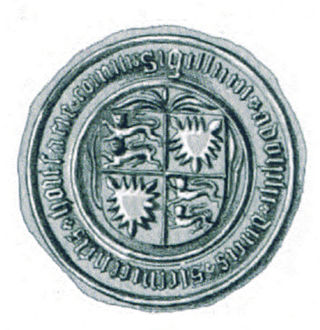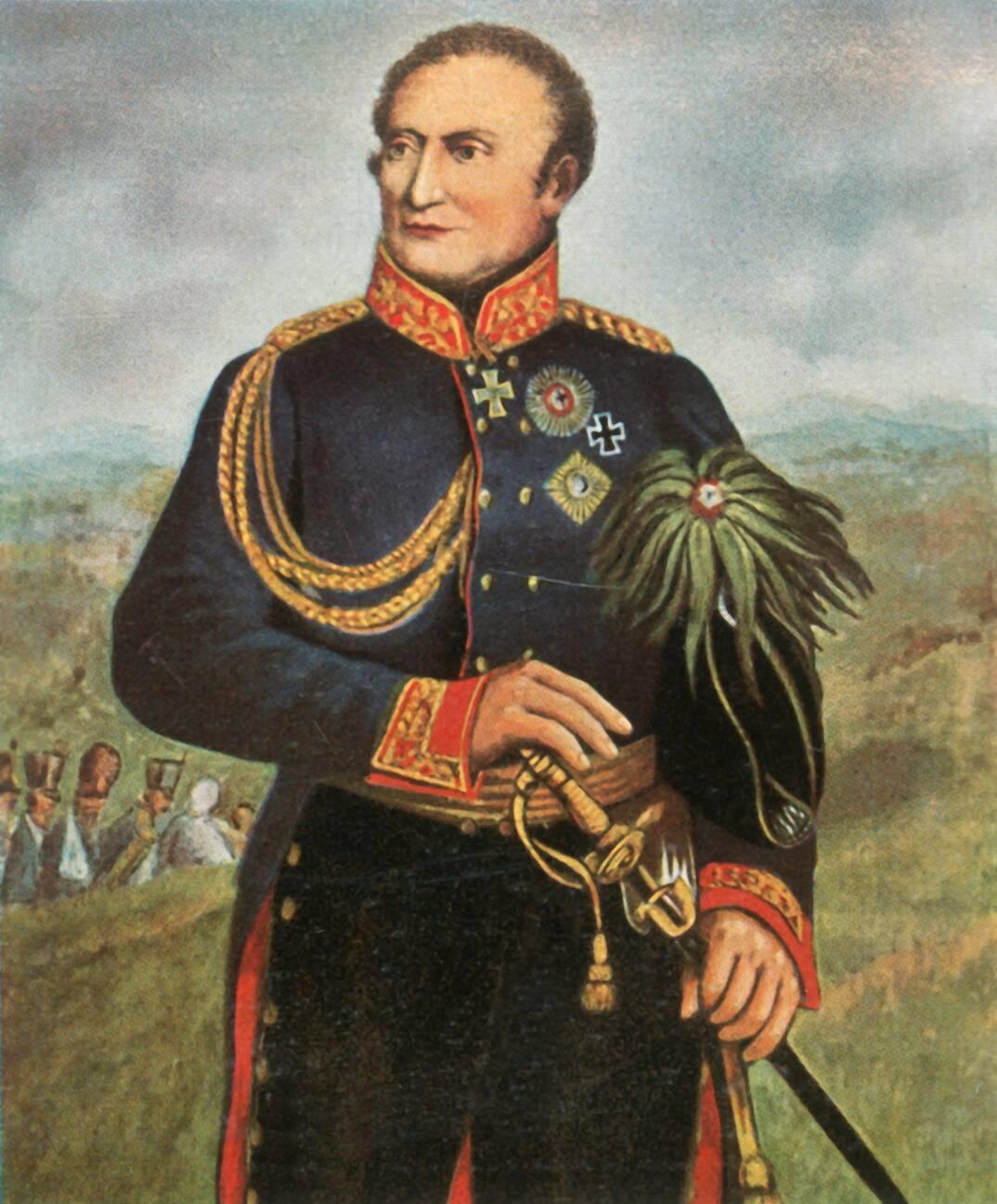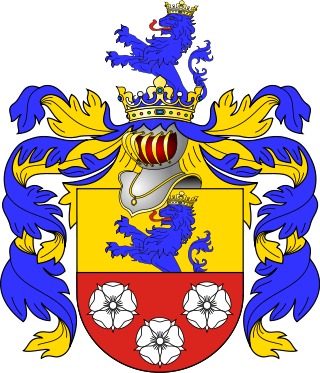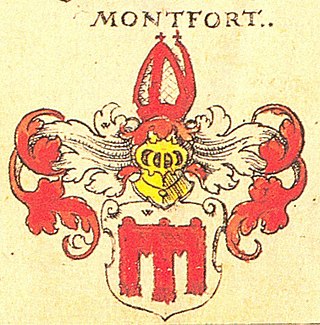Sources
Krause, Karl E., Friedrich, Graf von Stade. In: Allgemeine Deutsche Biographie, Duncker & Humblot, Leipzig 1878
Hucke, Richard, Friedrich, Graf von Stade. In: Neue Deutsche Biographie, Duncker & Humblot, Berlin, 1961
Friedrich (died 13 April 1135), Count of Stade. Friedrich's mother was from England and died in a shipwreck off the coast of Germany. She was fleeing England after the conquest of the island by William the Conqueror.
Upon the death of Lothair Udo III in 1106, the title of Margrave of the Nordmark went to his brother Rudolf I. The title Count of Stade also went to Rudolf in all likelihood, but Friedrich was appointed to administer the county as Viscount of Stade until Lothar's son Henry could assume the role.
Friedrich aligned with Lothar of Süpplingenburg, then Duke of Saxony, against Emperor Henry V. He was imprisoned with Lothar, and eventually released by the emperor. After the Battle of Welfesholz, with no further help expected from the emperor, Lothar proved a good ally, and his role as count assured.
When Henry II came of age, he became Count of Stade. Upon his death in 1128, Friedrich was officially invested by Archbishop Adalbero of Bremen with the County of Stade.
After the death of Frederick in 1135, the County of Stade reverted to the House of Udonids, and the countship was assumed by Udo V. Frederick was buried in Harsefeld monastery next to the other counts of Stade.
Krause, Karl E., Friedrich, Graf von Stade. In: Allgemeine Deutsche Biographie, Duncker & Humblot, Leipzig 1878
Hucke, Richard, Friedrich, Graf von Stade. In: Neue Deutsche Biographie, Duncker & Humblot, Berlin, 1961
Frederick VI of Hohenstaufen was Duke of Swabia from 1170 until his death at the siege of Acre.

Adolphus XI of Schauenburg, as Adolph I Duke of Schleswig, and as Adolph VIII Count of Holstein-Rendsburg, was the mightiest vassal of the Danish realm.

Friedrich Emil Ferdinand Heinrich von Kleist, granted the title Graf Kleist von Nollendorf from 1814 onwards, was a Prussian field marshal and a member of the old junker family von Kleist. He was a prominent figure in Prussian military during the Napoleonic Wars.

Prince Georg Friedrich of Waldeck was a German and Dutch Field Marshal and, for the last three years of his life, Grand Master of the Order of Saint John.

Rudolf of Zähringen was the archbishop of Mainz from 1160 to 1161 and prince-bishop of Liège. He was the son of Conrad I of Zähringen and Clemence of Luxembourg-Namur.
Folmar of Karden, also occurring in the variant forms Fulmar, Vollmar, Volcmar, Formal, or Formator, was the Archbishop of Trier from 1183 and the last not also to be a prince elector. He opposed the emperor in the late twelfth-century phase of the Investiture Controversy. The historian Bernhard von Simson characterized Folmar as "that restless, ambitious, and hard-hearted man."

Lothar Joseph Dominik Graf von Königsegg-Rothenfels was an Imperial Fieldmarshal.

Adolf III, Count of Schauenburg and Holstein was the ruler of the Counties of Schauenburg and Holstein. He is particularly remembered for his establishment of a new settlement for traders on the banks of the Alster near the Neue Burg in Hamburg.
Frederick II, Count of Zollern was the eldest son of Frederick I, Count of Zollern, and became Count of Zollern after his father's death around 1125.

The House of Henckel von Donnersmarck is an old Austro-German noble family that originated in the former region of Spiš in Upper Hungary, now in Slovakia. The founder of the family was Henckel de Quintoforo in the 14/15th century. The original seat of the family was in Donnersmarck.
Berthold VII, Count of Henneberg-Schleusingen was Count of Henneberg- Schleusingen from 1284 to 1340. He was the son of Count Berthold V of Henneberg-Schleusingen and his wife Sophie of Schwarzburg, the daughter of Count Günther VII of Schwarzburg. He was confirmed as Imperial Prince by Emperor Henry VI in 1310.
Rudolf I, Margrave of the Nordmark and Count of Stade, son of Lothair Udo II, Margrave of the Nordmark, and Oda of Werl, daughter of Herman III, Count of Werl, and Richenza of Swabia. Rudolf was the brother of his predecessors Henry I the Long and Lothair Udo III.
Henry II, Margrave of the Nordmark, also Count of Stade, son of Lothair Udo III, Margrave of the Nordmark, and Irmgard, daughter of Dietrich, Count of Plötzkau, and Mathilde von Walbeck.
Udo IV, Margrave of the Nordmark and Count of Stade and Count of Freckleben, son of Rudolf I, Margrave of the Nordmark, and Richardis, daughter of Hermann von Sponheim, Burgrave of Magdeburg. It is unclear why he went by the abbreviated name of Udo as opposed the traditional Lothair Udo of his ancestors.
Conrad, Margrave of the Nordmark and Count of Plötzkau, son of Helperich, Margrave of the Nordmark, and Adele, daughter of Kuno of Northeim and Kunigunde of Weimar-Orlamünde. Conrad, called the Saxon flower, was born in Monza, Italy.
Rudolf II, Margrave of the Nordmark, and Count of Stade, Dithmarschen and Freckleben, son of Rudolf I, Margrave of the Nordmark, and Richardis, daughter of Hermann von Sponheim, Burgrave of Magdeburg.
Hartwig, Count of Stade and Archbishop of Bremen, son of Rudolf I, Margrave of the Nordmark, and Richardis, daughter of Hermann von Sponheim, Burgrave of Magdeburg.
The Udonids (Udonen) were a German noble family, ruling as both the Counts of Stade and Margraves of the Nordmark, or Northern March, from the 9th to the 12th century. The first formal member of this family was Henry I the Bald, who took his seat in Harsefeld, part of the Duchy of Franconia, where he built a castle in 965. He was the grandson of the first Count of Stade, Lothar I, who was killed by the Great Heathen Army in the Battle of Ebstorf, and was recognized as one of the Martyrs of Ebsdorf by the Catholic Church.

Rudolf of Wied was anti-Archbishop of Trier from 1183–1189. He was a supporter of the Holy Roman Emperor Frederick I Barbarossa in the late twelfth century phase of the Investiture Controversy.

Rudolf III von Montfort was bishop of Chur (1322–1325) and Konstanz (1322–1334). He was born into the young family of Montfort-Feldkirch of the Swabian noble family of Montfort.